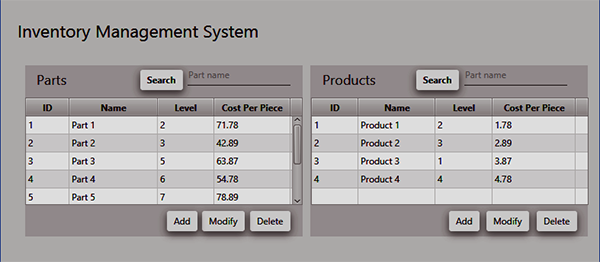

These components are distributed as NetBeans Module (NBM) files, which are JAR files containing sets of classes that provide the features, as well as manifest information for identifying these archives to NetBeans as modules.ĭownload the 1226158890776_org-demo-fsdisplayer.nbm module file by clicking the Download button on the File System Displayer detail page. NetBeans is based on modules - software components for providing applications or the IDE with various features. Lastly, you will see how to create your own plugin for accessing the NetBeans API Javadoc.

You'll also briefly tour each plugin in NetBeans IDE 6.5, which I assume you've installed. You'll discover each plugin's purpose, its open source license, and the platforms that the plugin targets. This article introduces you to five of the many open source NetBeans plugins that you can download from the NetBeans Plugin Portal. While playing with the IDE, I encountered the topic of plugins - modules that install themselves into NetBeans to extend it with new features such as a Google search toolbar. Level: Intermediate.Įarlier this year, I used NetBeans IDE 6.1 with JavaFX (part of the Sun Microsystems JavaFX Preview SDK) to develop the examples for my Jump into JavaFX series on JavaWorld. All that is just a start, though, as you'll also learn how to create your own NetBeans plugin for accessing the NetBeans API Javadoc. In this installment of Open source Java projects, Jeff Friesen introduces you to NetBeans plugins that let you view the NetBeans filesystem, explore pictures on Windows systems, check code for standards compliance, add properties to Java classes, and make OpenGL development easier. The NetBeans IDE is pretty good on its own, but even handier once you start extending it with plugins specific to your needs.


 0 kommentar(er)
0 kommentar(er)
